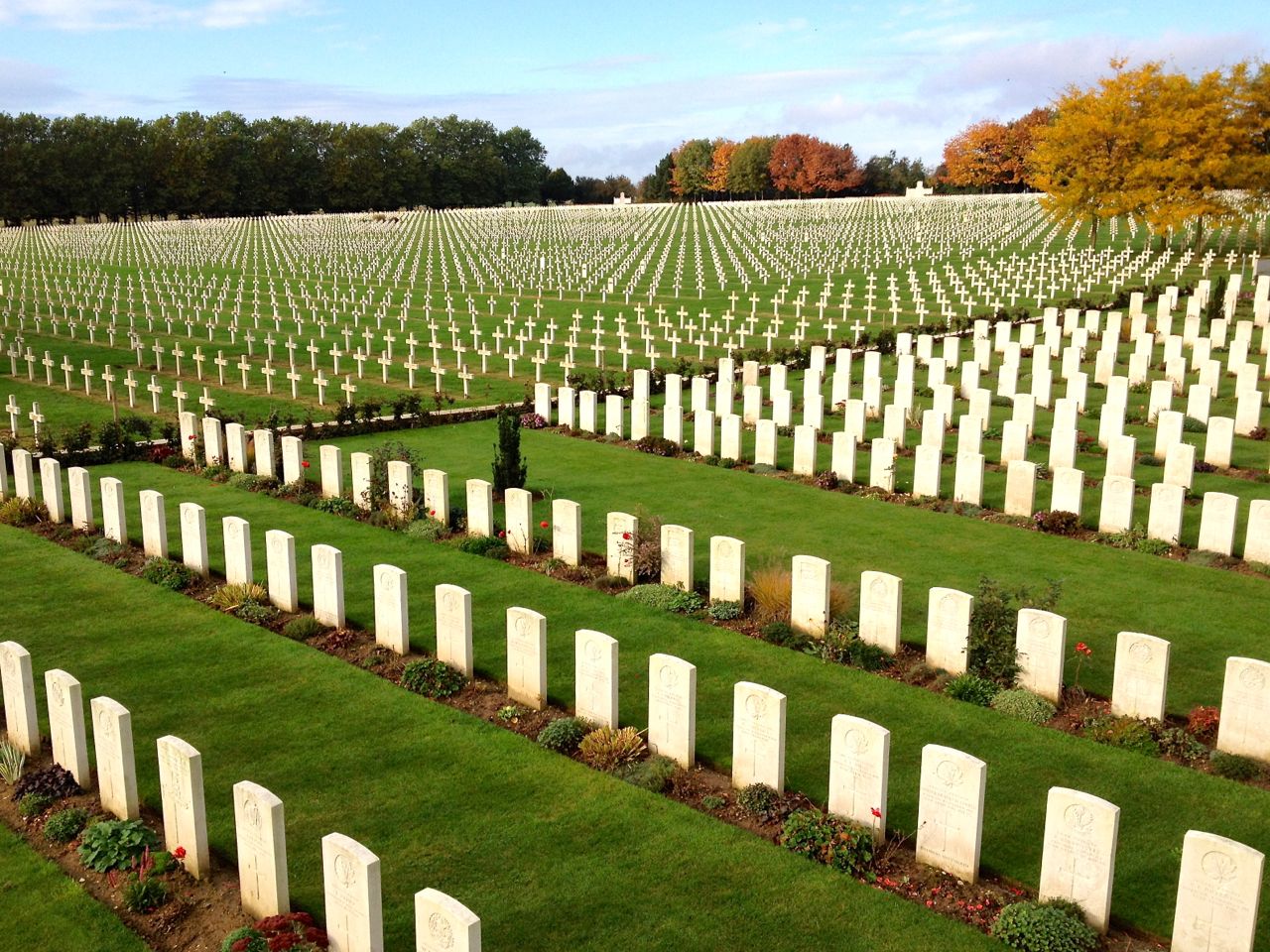Today marks 100 years since the end of fighting in the First World War. It is Armistice Day. For the last few years as each centenary of the events of the war has come, I have seeped myself in the history. It’s no surprise to me my creative life has in the last few years been dominated by echos of the Great War. While writing the Sovietski for Palladium Books I studied the October Revolution and the early days of the Soviet Union to get capture some cultural notes from that period. I was even more drawn into the Great War by working on Wild Skies, my first original game, which is set in an alternate timeline where the war didn’t come to the same relatively tidy end we know from history. Last year I summarized the events of the whole Russian Revolution and its place in the war as near-daily updates on FaceBook. My newest project, called Never Going Home is horror role playing set directly in the trenches. With so many of my creative output focused on this war and its aftermath, I have to acknowledge this day.
Especially this year, today is, for me, a solemn day for remembering the dead. I am staggered nearly to silence by the loss the war inflicted. The rough figure is 16 million people killed by the fighting; soldiers and civilians. With another 20 million soldiers wounded. That’s the war itself, not counting the Spanish Flu, the Russian Revolution, or the conflicts which simmered in the former Ottoman Empire into the 1920s. The numbers have a danger of becoming simply statistics. I find it more arresting to look at pictures of the graveyards which cover the former battlefields. Solemnly look with me.
What was the meaning of so much death? Famously, the war was supposed to “end all wars”, and that certainly hasn’t proven true in the last 100 years. How much more death have we seen then? Too much. Today, I am remembering all the dead. It’s very hard not to be cynical, but I want to celebrate the idea of peace the armistice of 1918 represents. We can stop fighting wars. We can move things to the negotiation table. We can agree not to kill anyone today. Peace is an idea worth working toward.
To be clear, I am not talking about shaking hands with people in my own country with different politics. That’s too easy. I am not saying there are not things like racial justice and clean water which are worth fighting for. There are! Voices must be raised, demonstrations staged, change demanded. I am talking today about questioning the need for weapons technology and political assumptions which lead to bombing villages from airplanes and building missiles capable of crossing oceans. I am affirming today, on Armistice Day, I want to live in a world without armed conflicts, proxy wars and national posturing in the form of military spending.
I know words matter. A call to memorialize all those killed by war is very different from a call to honor the sacrifice of soldiers. I will let others celebrate today as Veteran’s Day. Today I look beyond the need for military might to appreciate the possibilities of peace.
Heart Mountain
3 days ago






